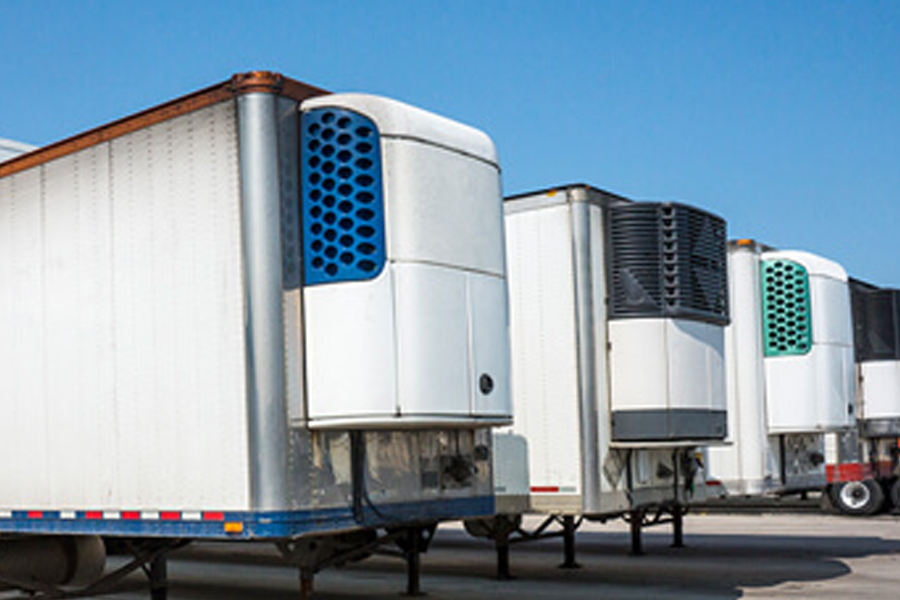
Urbanization is reshaping the landscape of cold chain logistics, presenting unique challenges and opportunities for delivering perishable goods in dense metropolitan areas. With over 55{534565ae1cf1b8aff1caa532c4b62bc4253513d6fd8666fe897f6a44140ce07a} of the world’s population residing in urban areas—a figure projected to rise to 68{534565ae1cf1b8aff1caa532c4b62bc4253513d6fd8666fe897f6a44140ce07a} by 2050 according to the united nations—efficient, sustainable urban cold chain solutions are critical for ensuring food security and reducing waste. This blog post explores innovative approaches and technologies that are paving the way for the future of urban cold chain logistics, focusing on solutions tailored to the complexities of city life.
Micro-fulfillment centers
Localized distribution hubs:
Micro-fulfillment centers (mfcs) are small-scale warehouse facilities located within urban areas, designed to facilitate quicker and more efficient distribution of perishable goods. By reducing the distance goods must travel to reach consumers, mfcs can significantly cut down on transportation emissions and costs.
Case study:
Several grocery chains and logistics companies are experimenting with mfcs in cities like new york and san francisco, demonstrating up to a 50{534565ae1cf1b8aff1caa532c4b62bc4253513d6fd8666fe897f6a44140ce07a} reduction in delivery times for perishable products.
Electric and autonomous delivery vehicles
Eco-friendly urban deliveries:
Electric delivery vehicles, with their reduced carbon footprint, are becoming increasingly viable for urban cold chain logistics. When combined with autonomous driving technology, these vehicles offer the potential for round-the-clock deliveries without increasing traffic congestion or pollution.
Innovative application:
Pilot programs in cities like london and amsterdam are testing electric, autonomous delivery vehicles for “Last-mile” cold chain deliveries, showcasing reductions in co2 emissions by up to 40{534565ae1cf1b8aff1caa532c4b62bc4253513d6fd8666fe897f6a44140ce07a} compared to conventional delivery methods.
Advanced insulated packaging
Sustainable temperature control:
Innovations in insulated packaging, utilizing materials like phase change materials (pcms) and vacuum-insulated panels, are enabling more efficient temperature control for perishable deliveries. These advanced materials can maintain required temperatures for extended periods, reducing the reliance on refrigerated vehicles.
Impact:
Startups are developing reusable, recyclable insulated packaging solutions that not only maintain temperature integrity but also align with sustainability goals, addressing both waste reduction and energy efficiency.
Iot and smart sensors for real-time monitoring
Enhanced visibility and control:
The integration of iot technology and smart sensors in urban cold chain logistics allows for real-time monitoring of temperature, humidity, and location. This data-driven approach enables immediate corrective actions, minimizing the risk of spoilage and ensuring product quality upon arrival.
Emerging trends:
Urban logistics companies are leveraging iot platforms to optimize delivery routes based on real-time traffic data, weather conditions, and vehicle capacity, improving efficiency and reducing the environmental impact of deliveries.
Vertical farming and urban agriculture
Localizing production:
Vertical farming and other forms of urban agriculture are redefining the concept of the cold chain by localizing food production. By growing perishables in controlled environments within the city, the need for long-distance transportation and extensive cold storage is greatly reduced.
Sustainability benefits:
Urban farms utilizing hydroponic or aeroponic systems can produce high yields with minimal water usage and no pesticides, contributing to sustainable urban food systems that complement cold chain logistics.
Collaborative urban logistics platforms
Shared infrastructure models:
Collaborative logistics platforms bring together retailers, logistics providers, and other stakeholders to share cold storage facilities and transportation resources. This model can maximize utilization rates, reduce redundant trips, and lower the overall carbon footprint of urban deliveries.
Implementation examples:
Initiatives like the urban consolidation centers (uccs) in europe are demonstrating the potential for shared logistics infrastructure to streamline deliveries in city centers, reducing traffic congestion and emissions while improving delivery efficiency.
Conclusion
The future of urban cold chain logistics lies in innovative, sustainable solutions that address the unique challenges of metropolitan areas. From micro-fulfillment centers and electric autonomous vehicles to advanced packaging and smart technology integration, these approaches offer promising pathways to efficient, eco-friendly perishable goods distribution in urban settings. As cities continue to grow, embracing these solutions will be key to ensuring food security, reducing waste, and fostering sustainable urban ecosystems.

